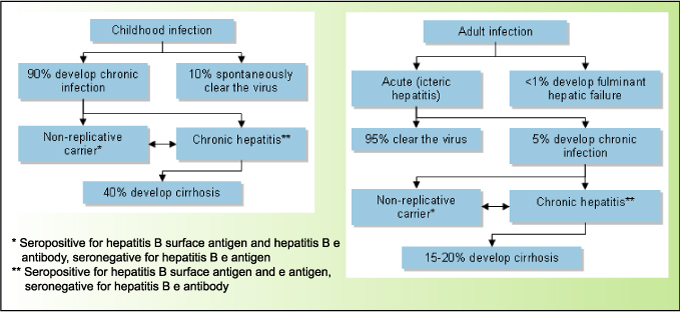|
ABOUT PHYLLANTHUS
More than 400 million people worldwide are chronically infected by the hepatitis B virus (HBV). 82% of the world's 530,000 cases of liver cancer per year are caused by virus hepatitis infection, with 316,000 cases associated with hepatitis B. HBV infection is one of the commonest infections in the world. According to World Health Organization (WHO), a third of the world's population (2 billion people) has been infected with HBV and about 5% are chronically infected. Chronic hepatitis B can causes cirrhosis and liver cancer. Despite the availability of antiviral therapy, there are more than a quarter of people with chronic hepatitis B will die of liver disease and more than 1 million people with infection are estimated to die every year.
Phyllanthus contains more than 50 compounds, which explains its broad range of activity from liver protection effect to antiviral activity, blood sugar reducing effect to cholesterol lowering effect. It is believed that tannins, might account for the antiviral effect and the flavonoids, is responsible for the beneficial effect against liver toxicity. It is the combined activity that might be responsible for its polyvalent therapeutic actions, which are essential for treating disorders of multifactorial origin. One of the active constituents is a phenolic compound known as corilagin. It has been proven as a potent anti-hepatitis B viral agent. Although it is too early to understand how to unravel the cellular and molecular mechanisms that underlie the therapeutic actions of Phyllanthus extract, these are some possible modes of action of how Phyllanthus exerts its therapeutic actions:
2. Because limitation of lamivudine
3. Because limitation of interferon
4. The role of Phyllanthus in the management of hepatitis B infection
|
|
©copyright
reserve 2004 Nova Laboratories Sdn. Bhd. |
